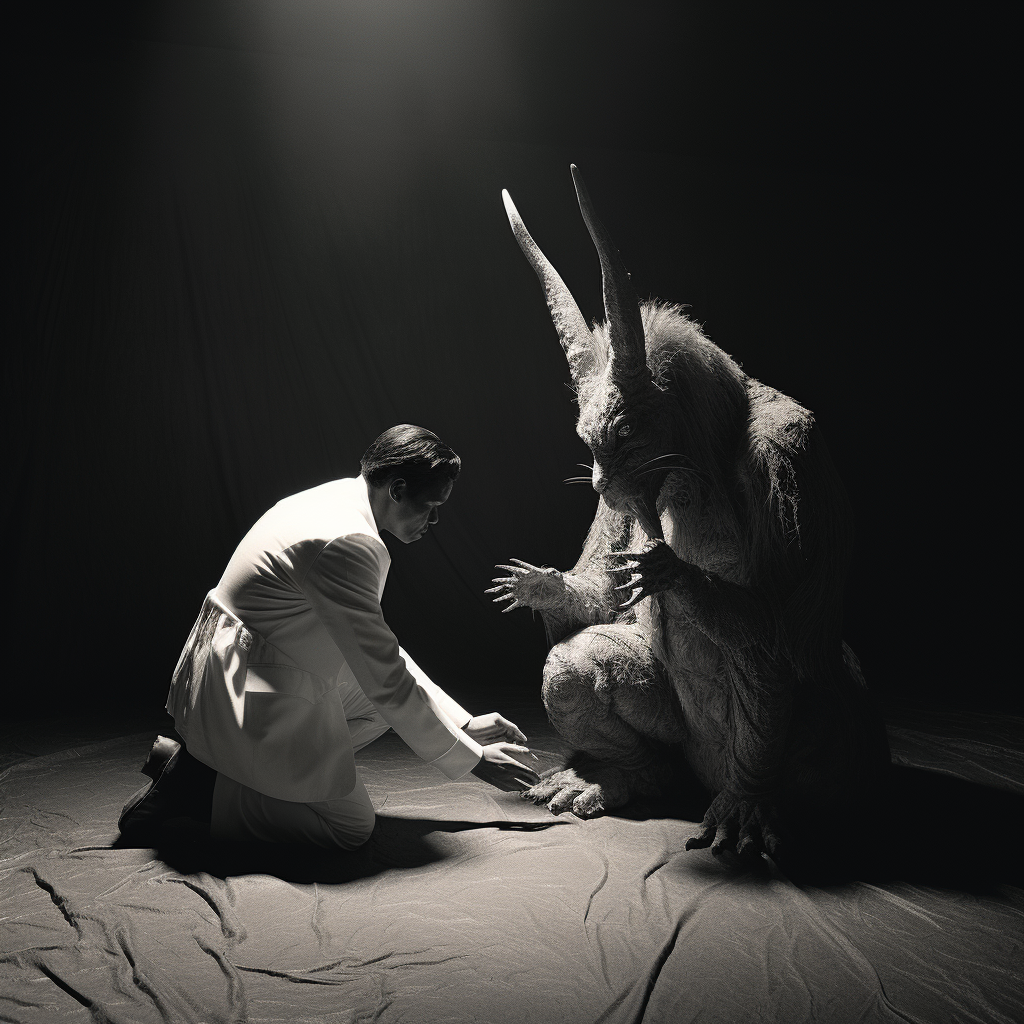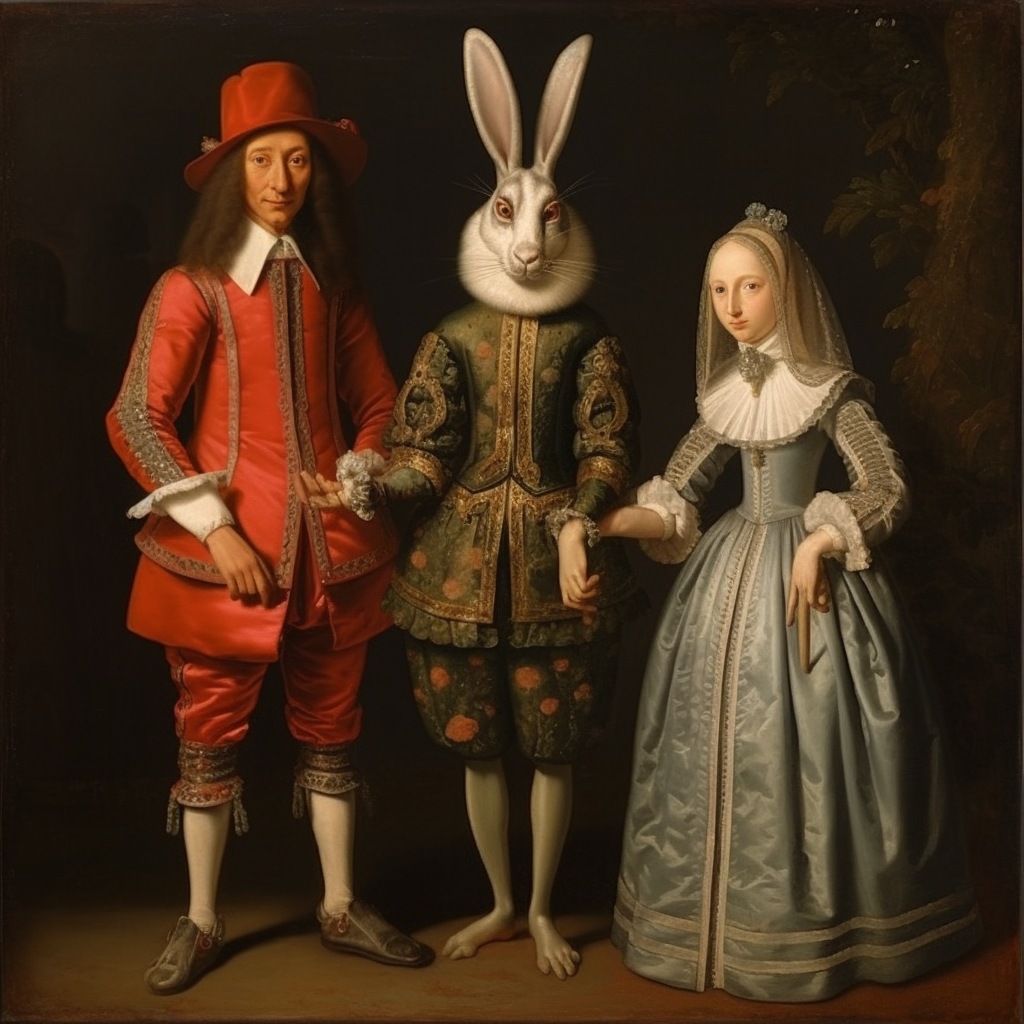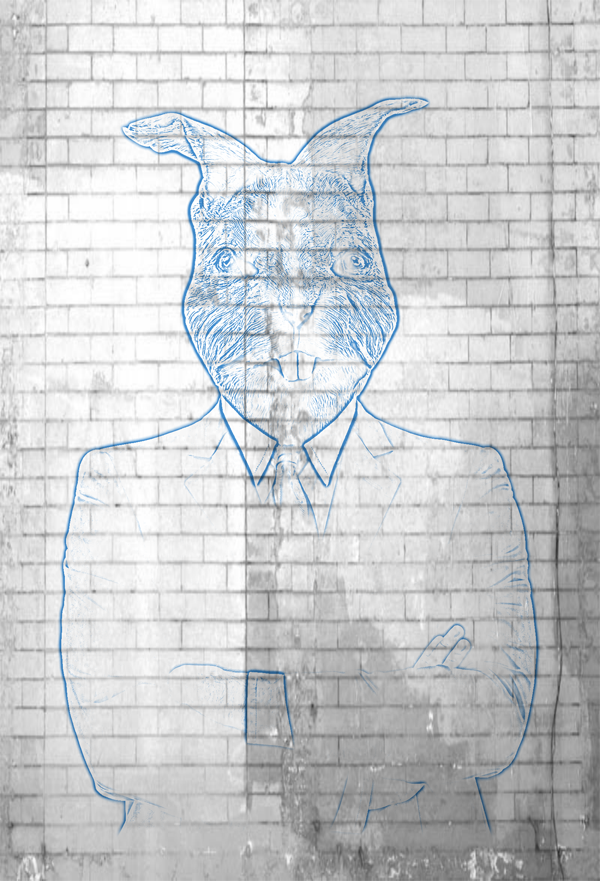The Black Rabbit is a mythical creature, sometimes also referred to as The Empire Rabbit, The Great Deceiver or simply as The Trouble.
He is described as a six-foot half-human, half-rabbit creature with nearly limitless powers that is virtually immortal. He appears never to age.
His personality is described as extremely narcissistic, sociopathic, and as taking delight in mayhem and the emotional and physical pain and suffering of others. He is said to be extremely vain and concerned with personal appearance.

The earliest known story about The Black Rabbit originates from Egyptian mythology around 1400 before the common era and claims that a giant rabbit once met the princess of the powerful Minoan Empire. The princess asked the rabbit to soothe her father’s cares and the rabbit responded by summoning a tidal wave that destroyed the entirety of the Minoan civilization and killed all but the king and the princess. The king lost his memory in the cataclysm, but the princess remembered everything and passed the story on to others as a warning.
Another story places The Black Rabbit at the founding of the Empire of Australia. It is said that he made an agreement with Eleanor of Aquitaine that made her the progenitor of an Empire that would last generations. Some sources claimed for “one-thousand years”, and others said 30 or 35 generations.
Still, other stories claim that The Black Rabbit was responsible for the Great Floods of Louisiana in 1888, the Orange Flu in 1901 China, and The Great Winter which nearly destroyed the Empire of Australia in its fourth generation.
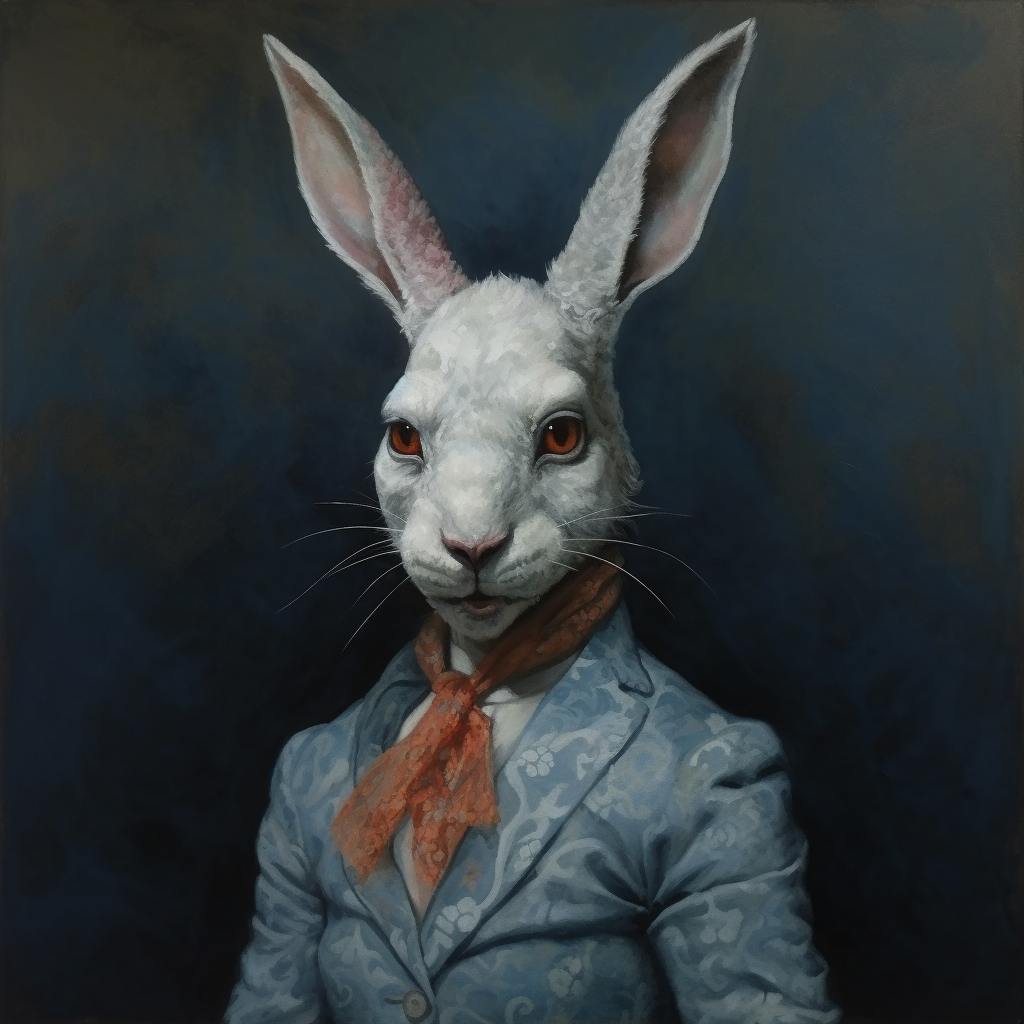
One partially written account of the creature, recovered from the ruins of a temple in the Himalayas, describes his powers as nearly limitless but foretells power from another world that will exceed his own. The two will fight, but the new power will ultimately subdue and destroy the creature.
Whether The Black Rabbit is real or not is the subject of much debate.
Most of what is “known” about The Black Rabbit comes from the research of two scholars: Paul Marie, a historian, and Jacob DeAngelo, a crypto-zoologist. In 1998 the pair published a collection of evidence suggesting that the creature was in fact real. The book, entitled Fear of a Black Rabbit, recounted stories and data collected on expeditions, oral histories, and excavations from around the world.
Further research by the pair ceased, however, after a disastrous expedition to the Kongo. After four weeks, DeAngelo was discovered wandering the jungle naked and muttering gibberish while Marie and the rest of the expedition of 27 were never seen again and were presumed dead. DeAngelo currently resides in the Wimahl Psychiatric Institute in Cascadia.
It is rumoured that both the governments of Cascadia and the Empire of Australia have proof of the existence of the creature which is kept under lock and key.
The Black Rabbit in Art
The legend of the Black Rabbit has been a theme for artists for centuries. Below are some examples of prominent works of art that take The Black Rabbit as their inspiration.
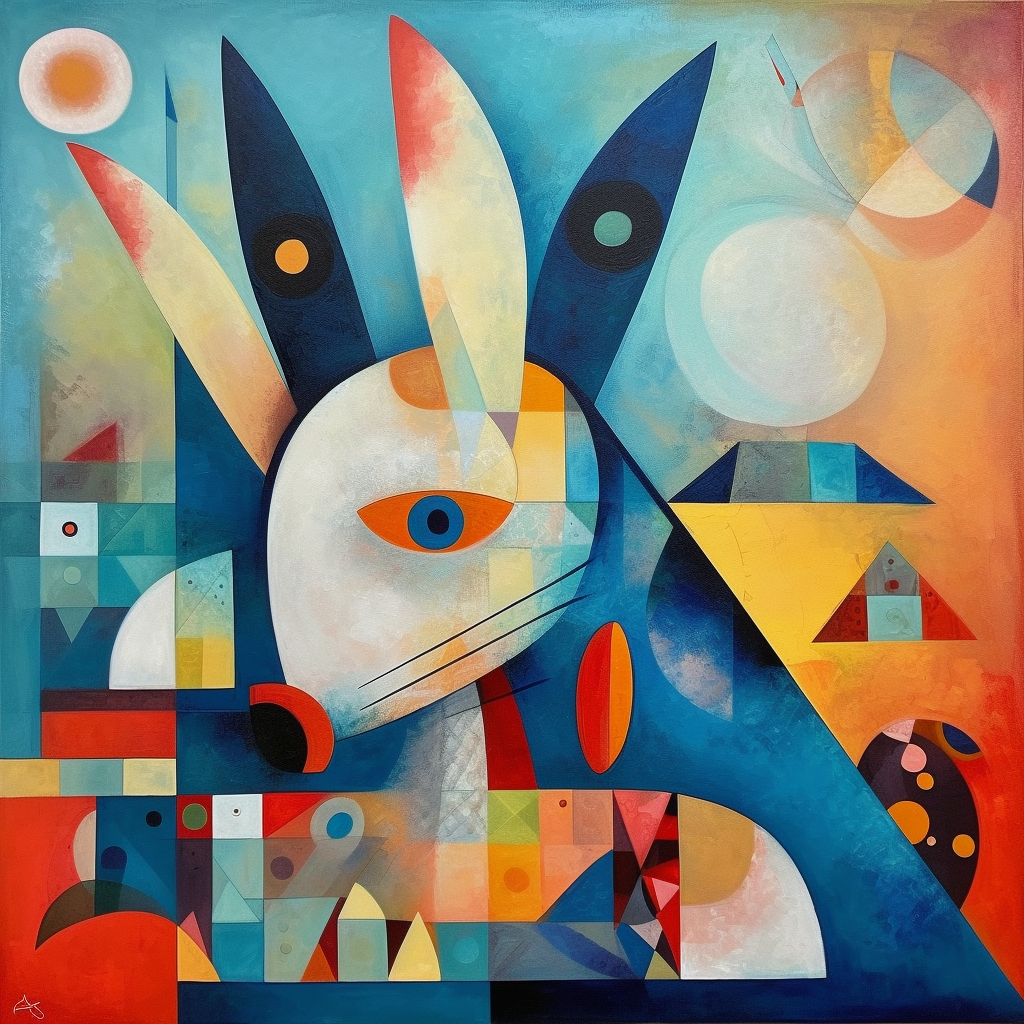
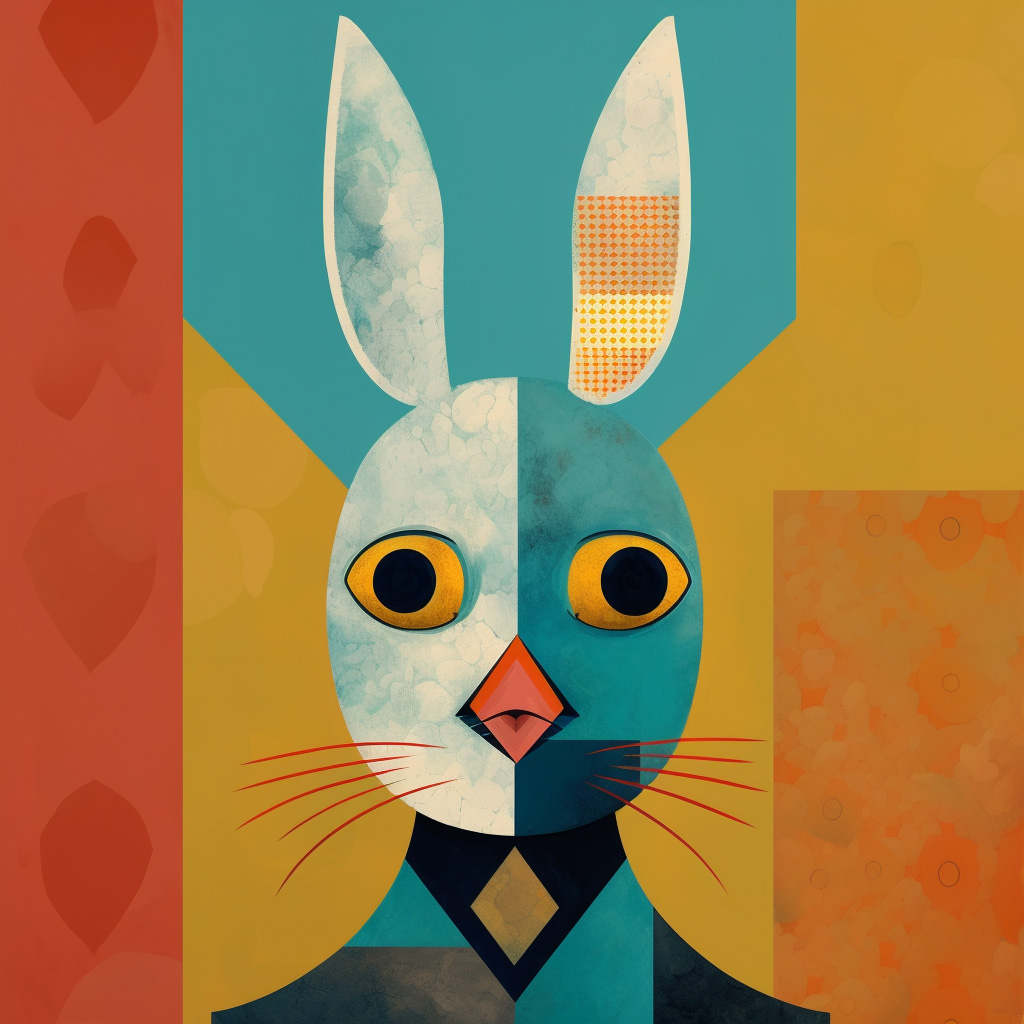
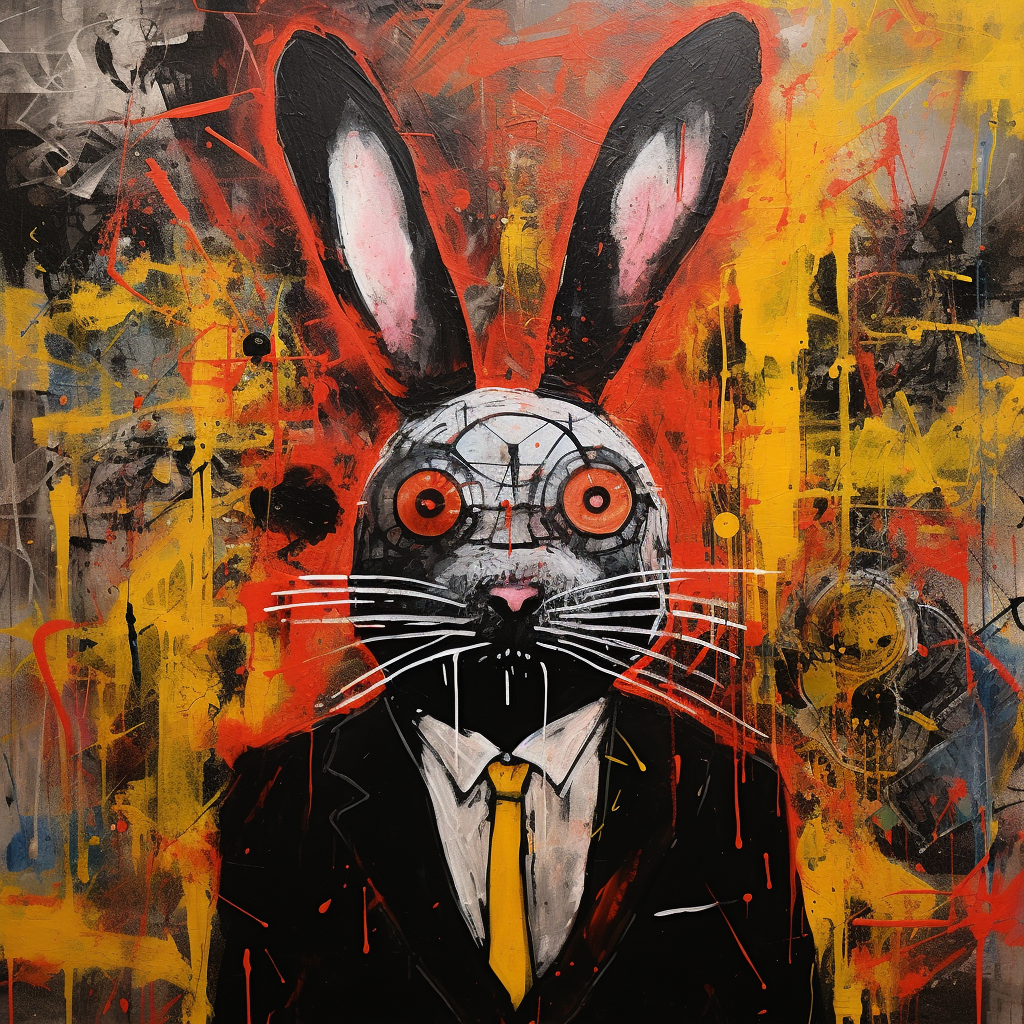
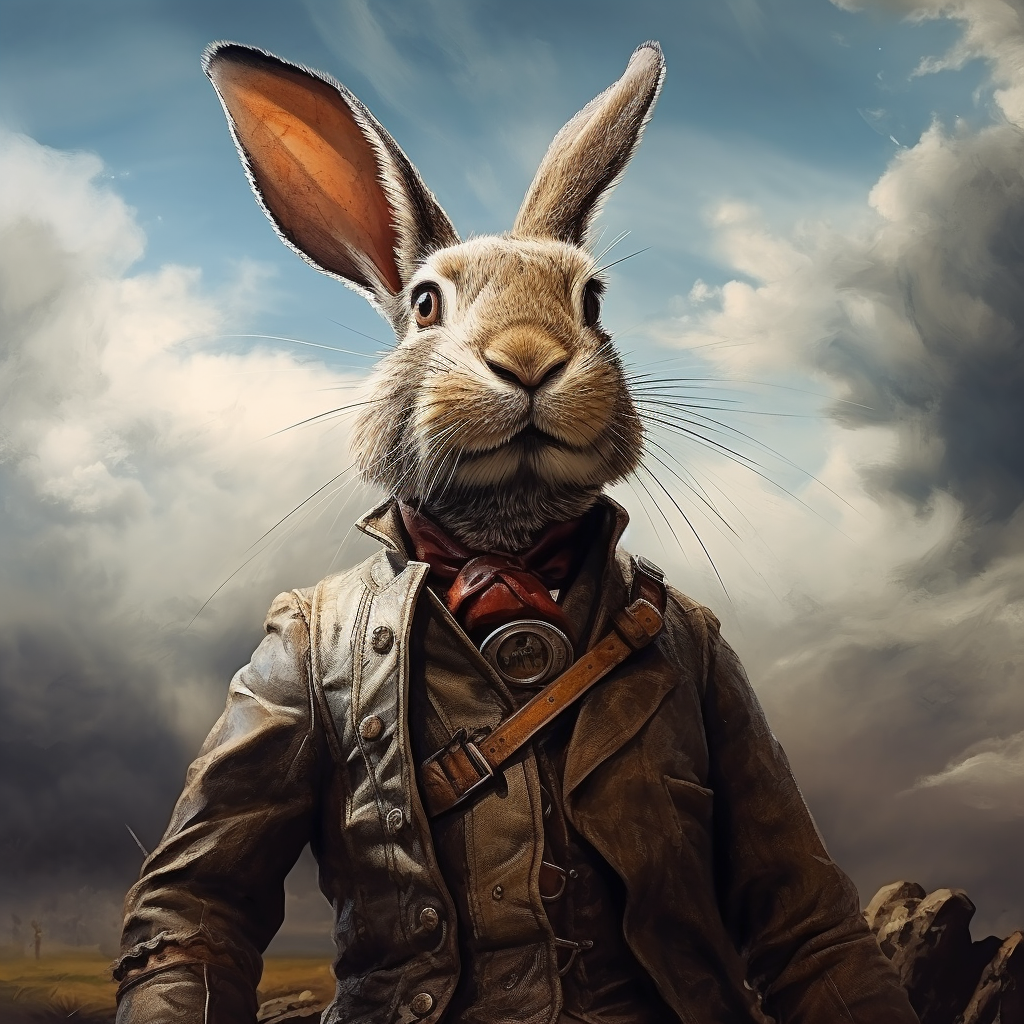
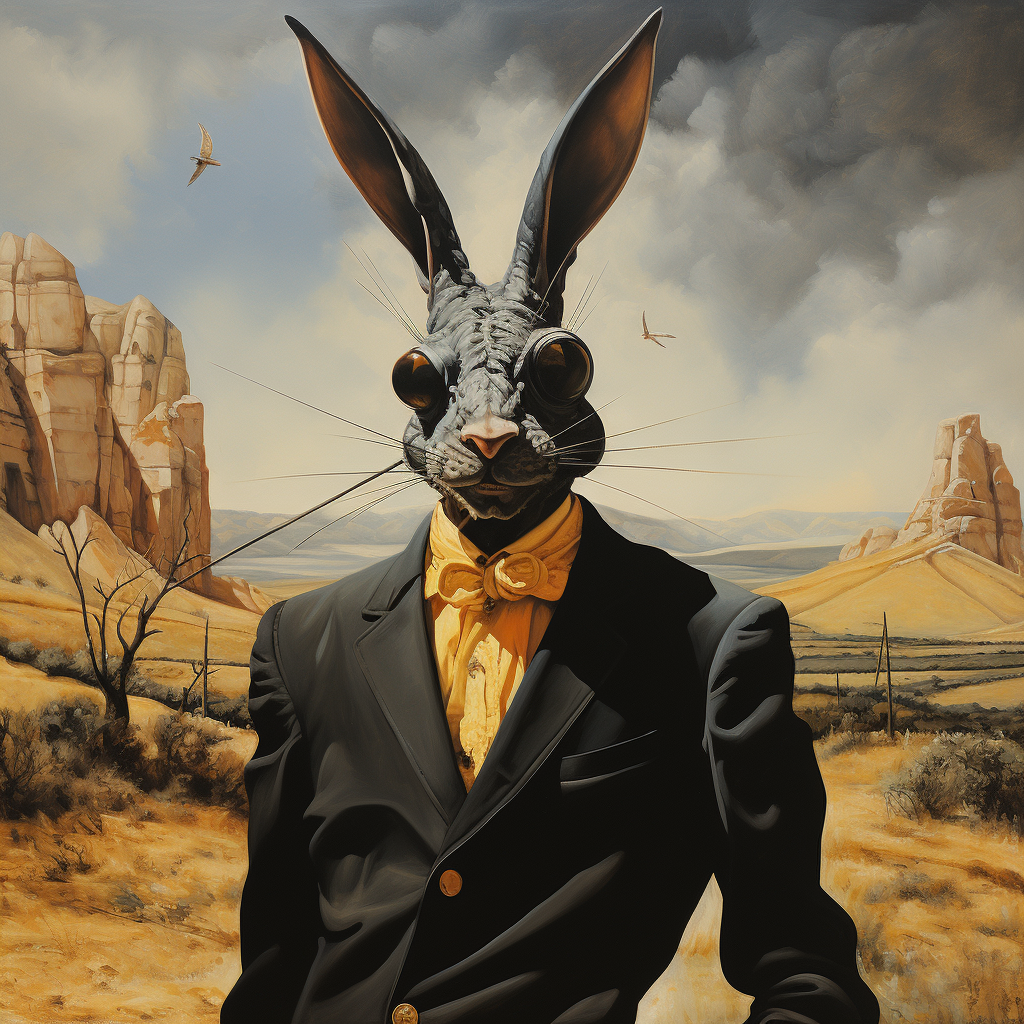
Hoaxes of The Black Rabbit
In 1978 a photo purporting to show a servant of The Black Rabbit bowing before him was found at an abandoned house by a group of teenagers. The photo, which came to be known as the “Old Johnson Place Photo”, for where it was found, was revealed to be an elaborate hoax.
